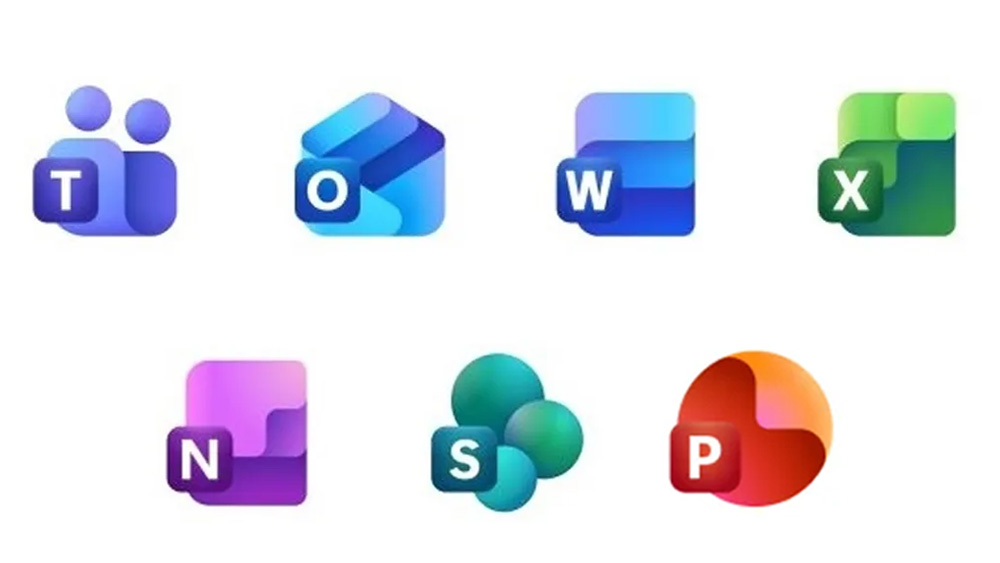Google's Pixel 9a: A Value Proposition Amid Economic Turbulence
In a time marked by significant economic upheaval, Ive been putting Googles latest smartphone, the Pixel 9a, to the test. The economic landscape is shifting rapidly, and just this week, the United States government announced new tariffs affecting several countries, including Vietnam, which is where the Pixel 9a is manufactured. This development means that U.S. companies importing goods from these countries will face increased costs, a situation that is likely to translate into higher prices for consumers. However, in a reassuring twist, Google has confirmed that it will maintain the Pixel 9as price at $499, making it an appealing choice for those looking to upgrade without breaking the bank.
The Pixel 9a continues to be touted as one of the best smartphones available for the price. Despite the looming threat of tariffs that could overshadow its launch, this Android device proves to be a standout option for anyone who wants to enhance their mobile experience without opting for a premium flagship phone that typically costs $1,000 or more. One of the key benefits of investing in the Pixel 9a is Googles commitment to providing seven years of software support, which means that users can expect their device to remain up-to-date for a significant periodhopefully, long enough to sidestep the complications associated with ongoing trade wars.
Flat Design
A particularly discussed aspect of the Pixel 9a is its design, which has sparked quite a bit of debate across social media platforms. Straying from what fans might expect, the Pixel 9a departs from the traditional camera bar that has become synonymous with Pixel phones. Instead, the back of the device features a clean, bare surface with a dual-camera system that is completely flush with the rest of the phone, eliminating the bulky camera bumps that can be typical of many smartphones. This flat back design offers a couple of significant advantages: it prevents the phone from rocking on flat surfaces like tables, and it also mitigates the dust accumulation that often finds its way between camera lenses in other devices. The overall result is a neat and uncluttered aesthetic.
However, its worth noting that this design choice may come at the cost of some of the visual character that Pixel phones are known for. My review unit sports the iris color, which adds a vibrant touch, while the peony color variant also stands out beautifully. Unfortunately, the phone appears rather dull in the traditional black and white colors, leading to concern that Google might be veering away from the distinctive camera bar in future iterations, such as the much-anticipated Pixel 10 series. The camera bar has provided a unique identity in a sea of otherwise generic, glass-fronted smartphones.
Beyond its aesthetics, the Pixel 9a impresses in terms of functionality and user experience. The build quality feels exceptional, although the slightly thicker bezels surrounding the OLED display may hint at its more budget-conscious price point. During my daily subway commute, I found the larger 6.3-inch screen remarkably bright, even under harsh sunlight, allowing for effortless reading and navigation. Additionally, the 120-Hz screen refresh rate ensures that graphics and animations appear smooth and responsive, a feature that emphasizes the Pixel 9as competitive edge against rivals.






















